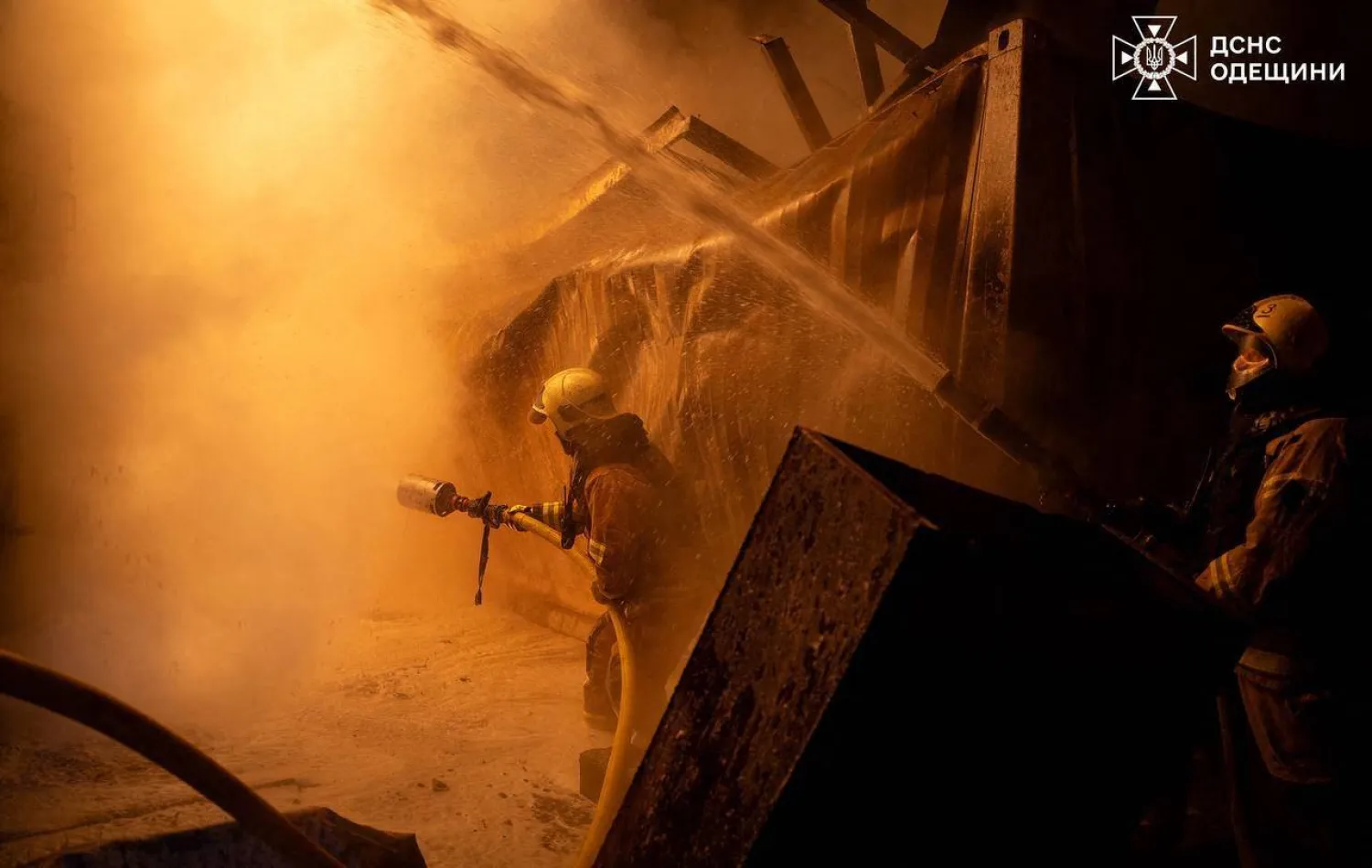The Union of Journalists in Tehran said on Tuesday that more than 100 journalists have been arrested in Iran since the death of Mahsa Amini in September 2022 that triggered unprecedented protests.
"Journalism in the country is going through a dark era," said Akbar Montajabi, the head of the Union of Journalists in Tehran, noting that over 100 journalists have been arrested over the past 11 months.
"However, even with these arrests, the flow of information remains unstoppable and finds its path like water," he added.
In an article published in Sazandegi newspaper, Montajabi said the era of journalistic suppression continues with an increasing number of journalists being arrested, dismissed, censored or forced into exile.
He insisted that "journalists are not adversaries" to the country.
"Those who steadfastly remained, holding the torch for freedom, are not foes. They do not cooperate with hostile governments; they are an integral part of the people. Journalists mirror the pain endured by the nation," he wrote.
Mass demonstrations erupted in September 2022 following the death in custody of 22-year-old Iranian-Kurd Mahsa Amini, who was arrested for allegedly breaching the Iran’s strict dress code for women.
Meanwhile, more than 90 journalists have been arrested or summoned over the past 10 months in different cities across the country, according to the reformist Shargh daily, quoting a report by a local committee that supports detained journalists.
Most have been released on bail or granted amnesty, but the fate of 11 journalists, including six detained and five others awaiting verdicts, "is still unknown," said the report published on Iran’s National Journalists’ Day, celebrated on August 8.
Among the detained journalists are Niloufar Hamedi and Elahe Mohammadi, who covered Amini’s death and have been detained since September.
Hamedi broke the news of Amini’s death and Mohammadi wrote about her funeral.
Hamedi works for the reformist newspaper Shargh, while Mohammadi works for the reformist newspaper Ham-Mihan.
The two journalists had been indicted on charges of acting against national security, and creating "propaganda against the system."
Hundreds of people including security forces were killed and 20,000 arrested over their participation in what the authorities have described as "riots" fomented by the West.
The popular protests presented the biggest challenge to the ruling regime in 43 years.









